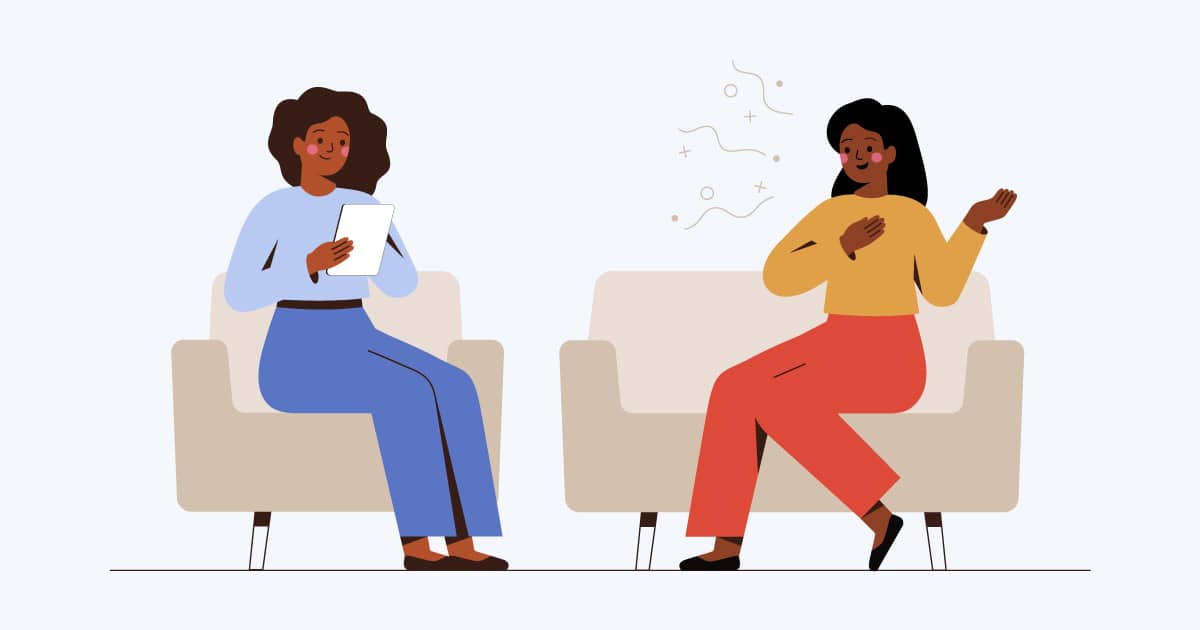
Photo credit: iStockphoto.com (Ponomariova_Maria)
There’s a funny thing – actually, a few funny things – about how we think about listening.
One is that when we feel we haven’t been listened to, our best response is to repeat ourselves, only louder. Or to retreat and say nothing at all.
Another funny thing is that although we accept that storytelling and public speaking skills can be learned, we don’t think we can learn listening skills. We tend to think of listening skills as natural. You have them, or you don’t.
But that is far from true, says Ximena Vengoechea, author of Listen Like You Mean It: Reclaiming the Art of Lost Connection.
She says three empathetic listening skills have helped her bridge communication gaps – helping herself and others be heard.
1. Read the room
This means not just listening to what is said but to body language. In particular, Vengoechea recommends paying attention to four zones of the body:
- Eye contact
“This tells us if the other person is engaged – if they pick up what you put down. A lack of eye contact can indicate they are distracted or disengaged.” - Collar bone, neck, and hands
“When people touch these areas on their body, it is usually self-regulating – meaning they are feeling some anxiety or discomfort.”
- Hips and torso
“This is useful in a group setting to understand how people are situated in relationship to each other. Is there mirroring of the speaker’s body? Are they pitched forward or back? It’s really about indicating rapport.”
- Feet
“If someone is facing me, but their feet are pointed at the exit, it’s a sign I need to wrap up because as polite as they’re being, their feet indicate there is somewhere else they want to be.”
One caveat: These are all guidelines, says Vengoechea. But people also have
particular tics or habits worth keeping in mind. For example, some people are uncomfortable with eye contact, but that doesn’t mean they are disengaged.
2. Ask Connecting Questions
Connecting questions are intended to deepen and clarify understanding. Here are three types:
- Exploratory questions
“Instead of asking ‘Are you nervous about tomorrow’s presentation,’ which is a closed-ended question, you might say ‘How do you feel about tomorrow’s presentation?’ which is more open-ended.” - Encouraging phrases
“These are phrases that help you nudge the conversation along. For example, you might say, ‘Tell me more about that.’ Or ‘Walk me through your thinking on that.’” - Clarifying questions
This could include: “Would it be useful if I share some advice on how I managed that?” Or “My instinct would be to do some brainstorming. Is that what you’re looking for?” Or “Would you like me just to listen or respond?”
3. Guide the Conversation
“Usually, we think that the person who set up the meeting will facilitate it. But anyone can help guide it,” says Vengoechea.
For example, you can manage “microphone hogs” using acknowledgment and redirection phrases, such as: “I appreciate your input. What do others think?”
Another helpful way to guide a conversation is to play it back –
summarize and confirm understanding at the end. You can do this by saying, “What I’m hearing is … Did I get that right?”

Ximena Vengoechea spoke at the 2022 Texas Conference for Women. This article is excerpted from her talk.